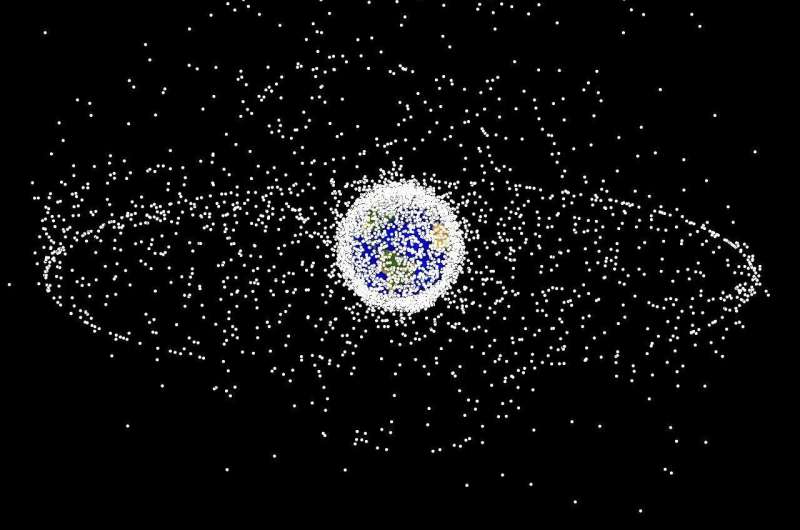However, collisions between spacecraft can produce tens of thousands of tiny fragments that might pierce or otherwise damage another craft in the same orbit. A 25-year safety standard is in place that recommends that defunct objects are put into lower orbit so that they can fall into the earth's atmosphere and burn up. Or, if that is not possible they can be moved up to a designated "graveyard" orbit.
The team has reviewed four main approaches to dealing with space debris. They considered Pulsed Laser Ablation. This stands out as a time-efficient method for targeting numerous small- and medium-sized pieces of debris pieces. However, it is a costly approach to the problem. A more cost-effective alternative might be the obviously named Harpoon and Net method. However, this is contingent on the absence of tumbling debris.
Another, also obviously named, approach that might be used is the claw capture mechanism. A magnetic capture method was also considered, which could be adept at assimilating debris, even under tumbling conditions. All of these approaches with the exception of laser ablations would take months to capture and drag an object, such as a defunct satellite, into a lower orbit s that it can fall into the earth's atmosphere.
Fundamentally, none of the approaches reviewed would work perfectly, nor are any of them likely to be cost-effective or time-efficient with current technology. However, it might be that a combination of techniques could work synergistically to overcome the drawbacks of each and build on their strengths. Given how much debris is already in orbit around our planet and the continued additions to this debris belt, now is the time to launch research programs to develop the cleanup technology sooner rather than later.
More information: Jennifer Stein et al, A review of possible solutions to mitigate the abundance of space debris, International Journal of Student Project Reporting (2023). DOI: 10.1504/IJSPR.2023.134236
Provided by Inderscience



